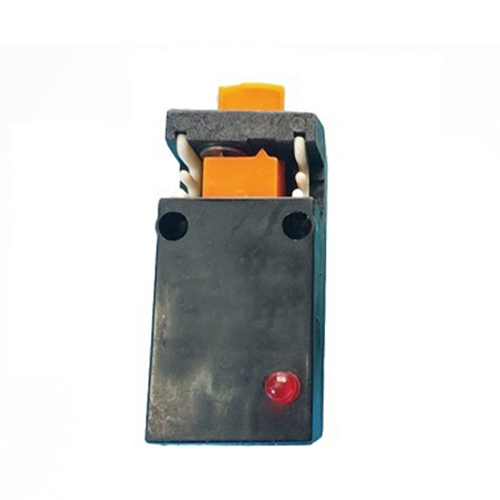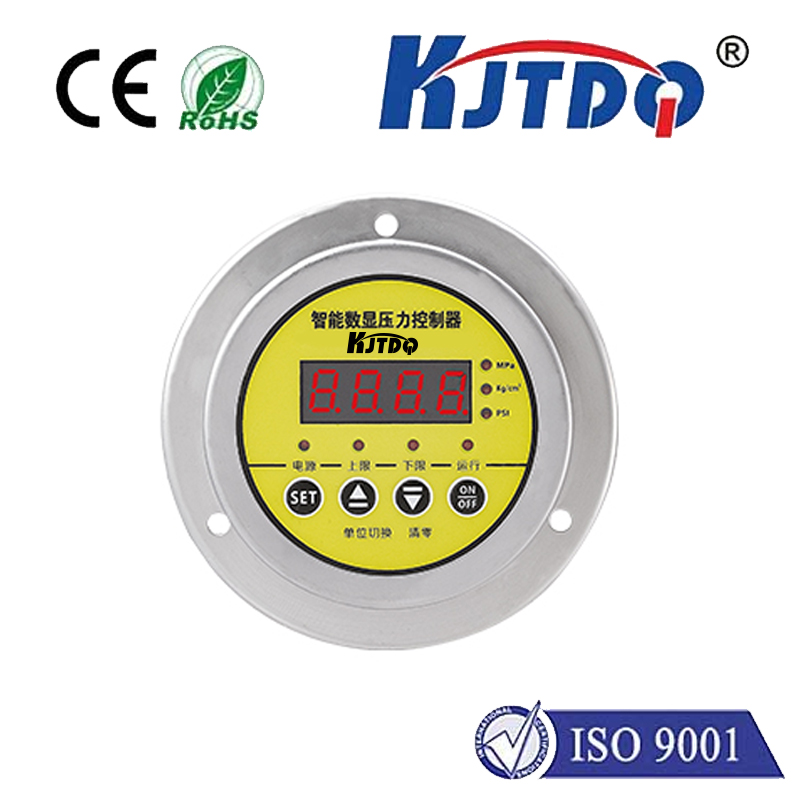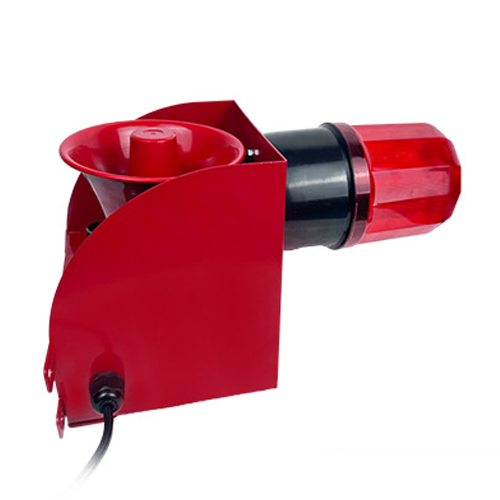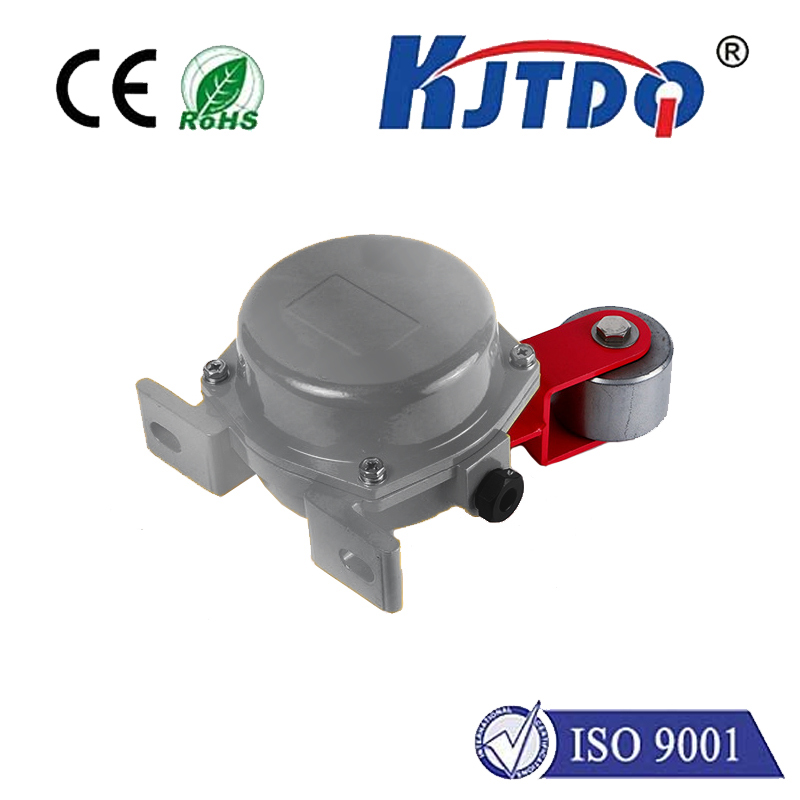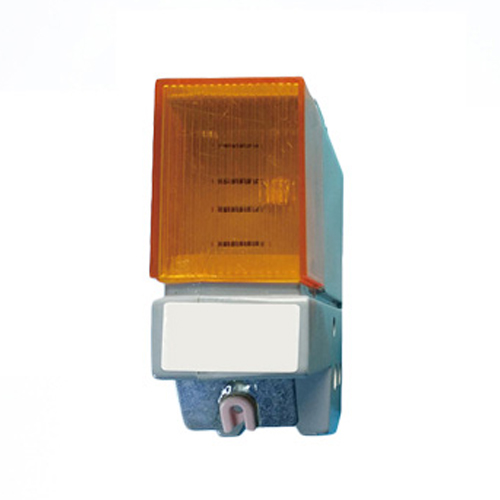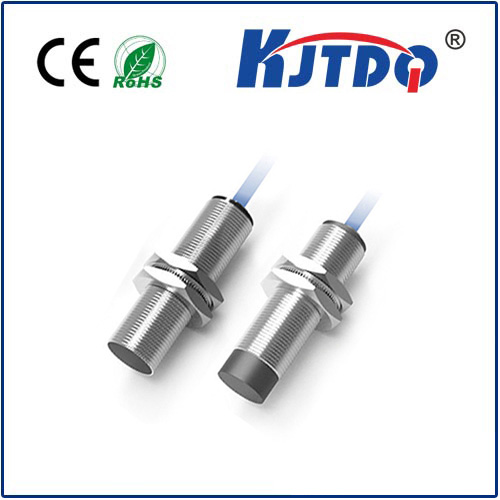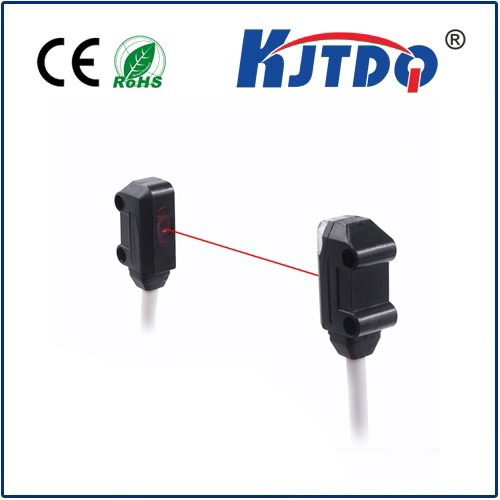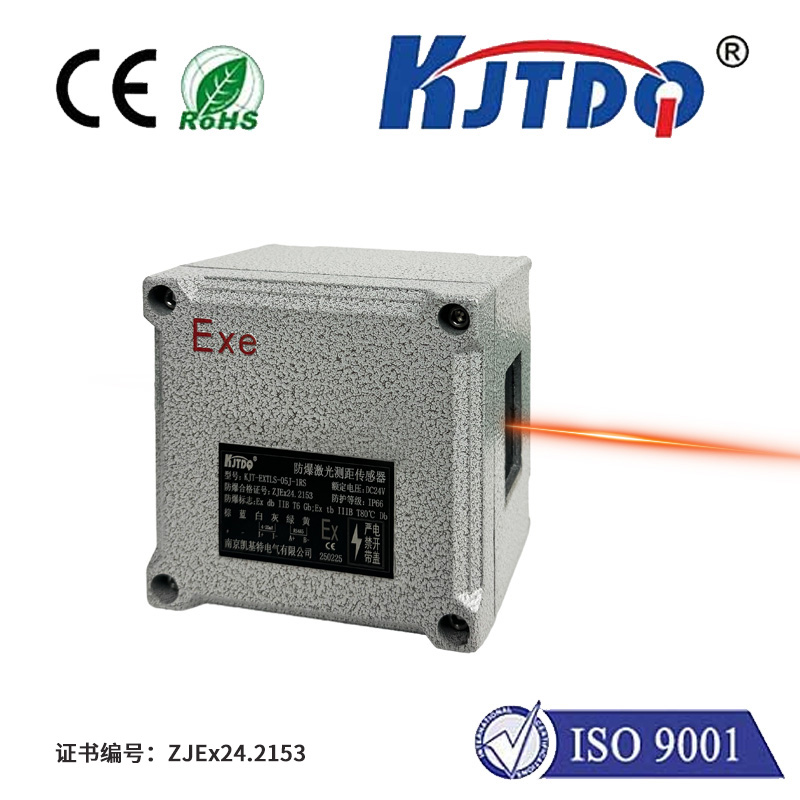inductive proximity sensor 6mm
- time:2025-09-07 03:43:09
- Нажмите:0
The Mighty 6mm: Powering Precision with Compact Inductive Proximity Sensors
In the bustling world of automation, where machines hum and production lines flow, the unseen heroes often make the biggest impact. Among these silent sentinels are inductive proximity sensors, and the 6mm variant stands as a testament to achieving remarkable power within an incredibly compact footprint. Need reliable, non-contact detection of metal objects in tight spaces? The inductive proximity sensor 6mm is frequently the answer, offering robust performance packed into a miniature form factor. This article explores why this specific size is a cornerstone of countless industrial applications.
Understanding the Core Principle: How Does It Work?
Before diving into the specifics of size, let’s grasp the fundamental magic of inductive proximity sensors. Unlike mechanical switches, they operate without physical contact, significantly boosting reliability and lifespan. An inductive proximity sensor generates an oscillating electromagnetic field at its sensing face. When a ferrous metal target (like steel or iron) or a non-ferrous metal target (like aluminum, brass, or copper) enters this field, it induces small Eddy currents on the target’s surface. This current draw causes a measurable change within the sensor’s internal oscillator circuit. Sophisticated electronics within the sensor detect this change, triggering a solid-state output signal (usually a switch opening or closing) to indicate the target’s presence. This entire process happens rapidly and without wear, making them ideal for demanding continuous operation scenarios.
Why 6mm? The Sweet Spot of Compact Sensing

Sensing range is a critical specification, and 6mm (approximately 0.24 inches) strikes an exceptional balance for many applications. Here’s what makes the inductive proximity sensor 6mm such a prevalent choice:
- Space Constraints Are Everywhere: Modern machinery is designed for efficiency and density. Component space is often at a premium. The inherently small physical size of a 6mm barrel sensor allows it to be mounted in locations where larger sensors simply won’t fit – think narrow gaps, compact robotic grippers, or densely packed assemblies.
- Precision Positioning: A shorter sensing distance inherently provides greater positional accuracy. In applications requiring precise detection of a small target or verification of exact positioning (like end-of-stroke detection on a cylinder or part presence confirmation in a fixture), the 6mm range offers the necessary tight control. It minimizes the chance of unintended actuation by objects slightly outside the desired detection zone.
- Cost-Effectiveness: Generally, sensors with shorter sensing ranges are more cost-effective to manufacture compared to their longer-range counterparts. The 6mm sensor provides excellent value, delivering reliable performance without unnecessary range overhead for applications where close proximity detection is sufficient.
- Robustness in Miniature: Don’t let the size fool you. These sensors are built to endure the harsh realities of industrial environments. Encased typically in nickel-plated brass or high-grade stainless steel, they boast impressive resistance to dust, dirt, moisture (often IP67 rated or higher), cutting fluids, and mechanical impacts. Their non-contact nature inherently makes them immune to problems caused by dirt buildup affecting mechanical switches.
- Versatility Across Metals: While their sensitivity varies, modern 6mm inductive sensors are available with tuned characteristics. Standard sensors offer good detection for ferrous metals (steel, iron) at or near their rated 6mm range. Factor 1 sensors are specifically optimized to detect non-ferrous metals like aluminum or brass at approximately 60-80% of their nominal ferrous range (meaning ~3.6-4.8mm for a nominal 6mm sensor). This versatility expands their application potential significantly.
Where the 6mm Inductive Proximity Sensor Shines: Key Applications
The combination of compact size, reliable detection, and ruggedness makes the inductive proximity sensor 6mm indispensable across countless sectors:
- Manufacturing & Assembly Lines: Detecting the presence, absence, or passage of metal parts on conveyors, verifying correct positioning in jigs and fixtures, counting metallic objects, monitoring simple linear movements.
- Robotics: Providing precise feedback on tooling position, verifying gripper closure (detecting the gripper jaw itself or a held part), end-of-arm tooling verification. Their small size is crucial for integrating into robotic end effectors.
- Packaging Machinery: Monitoring metal components in filling heads, detecting foil seals, confirming cap placement, verifying the position of metal guides or cutters.
- Перевозка материалов: Detecting metal pallets or trolleys, confirming lift positions, monitoring chain or belt drive components.
- Automotive: Countless uses in engine assembly, suspension component positioning, brake system verification, and within transmissions. Resistance to oil and vibration is critical here.
- Станки: Tool breakage detection (monitoring the shank), verifying chuck closure or part clamping, monitoring coolant flow presence via metallic floats, spindle positioning.
Selecting and Utilizing Your 6mm Sensor Effectively
Choosing and installing the right inductive proximity sensor 6mm ensures optimal performance:
- Target Material: Are you detecting steel, iron, aluminum, brass, or copper? Confirm the sensor type is suitable for your primary target material (standard or Factor 1). Remember the reduced range for non-ferrous metals.
- Electrical Requirements: Match the sensor’s voltage (commonly 10-30V DC) and output type (NPN/PNP, Normally Open/Closed) to your control system (PLC input card, relay input, etc.).
- Mounting: Flush-mount sensors offer their full nominal range (6mm). Non-flush mountable sensors (shielded) can be embedded in metal, but their range is slightly reduced. Ensure the sensor body is flush with the mounting surface for maximum advertised range. Mounting brackets are often essential for stability and precise positioning.
- Environmental Considerations: While rugged, ensure the sensor’s specified IP rating and temperature range match your application conditions. Excessive heat from nearby components, intense magnetic fields, or abrasive conditions might require special considerations.
- Sensing Distance Margin: Design your application so the target approaches within 80-90% of the sensor’s rated sensing distance to account for manufacturing tolerances, supply voltage variations, temperature drift, and potential buildup. Never design right at the nominal sensing edge.
Installation Best Practices:
- Ensure stable power supply meeting specifications.
- Pay close attention to polarity when connecting wires.
- Securely mount the sensor to prevent vibration from altering its position.
- Maintain the recommended clearance distance between multiple sensors to prevent mutual interference from their electromagnetic fields.
- Keep the sensing face clean for reliable operation.
The inductive proximity sensor 6mm is a triumph of engineering efficiency. It consistently delivers robust, non-contact detection precisely where space is constrained and reliability is paramount. Its blend of compact size, proven technology, cost-effectiveness, and environmental resilience secures its place as a fundamental building block in modern automated systems. When the application demands precise metal detection within a close range, this unassuming 6mm sensor often emerges as the optimal, high-performance solution.

